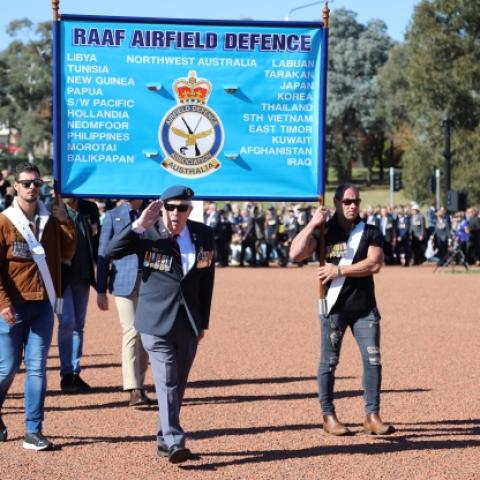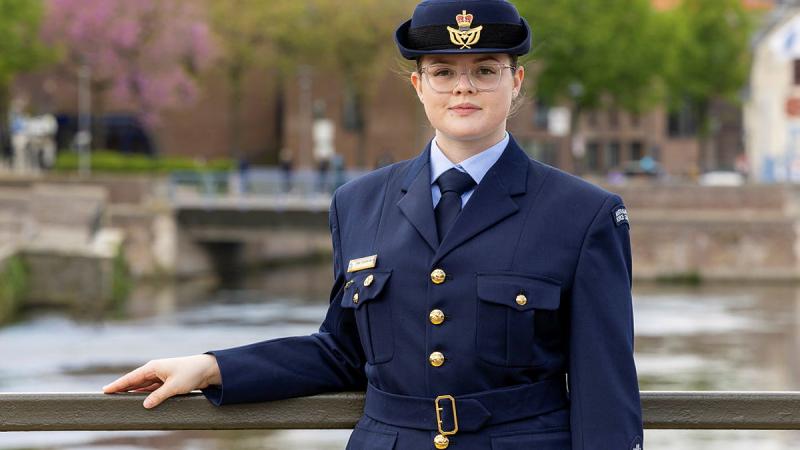Medical expertise honed over decades in Antarctic and maritime environments has been channelled into a new facility on Australia’s new icebreaker RSV Nuyina.
The ship’s medical facility has an emergency room, operating theatre, X-ray machine, consulting room and a 2 bed ward, all with telemedicine links, situated on the same level as the helideck for ease of patient transport.
Much of the medical facility on RSV Nuyina is being set up during its initial delivery voyage by two doctors from the Australian Antarctic Division, and will be fully operationalised after its arrival in Hobart.
One of the doctors at sea is Dr Mal Vernon, a veteran of marine science voyages on the Aurora Australis and seven seasons at Antarctic and sub-Antarctic research stations.
“At full capacity, RSV Nuyina will carry a total of 149 people on long voyages for months on end in some of the most extreme and unforgiving environments on Earth,” Dr Vernon said.
“People being unwell on a ship can have big knock-on effects. In a month at sea a lot can happen, particularly in Antarctica where you’re remote.”
As well as treating sea-sickness and minor injuries, the medical facility has the capability for blood transfusions, general anaesthetics and surgery with telemedicine support from the Polar Medicine Unit and specialists on land.
“We are not alone, and the limits of what we can do depends on the experience of the practitioner. With telemedicine support, we can respond to most emergencies,” he said.
The top priority of the doctors on board is that RSV Nuyina remains free of COVID-19.
“COVID is very much on our minds. We have state-of-the art PCR testing for COVID which has a turnaround time of 40-50 minutes from patient to result.”
Chief Medical Officer at the AAD’s Polar Medicine Unit, Dr Jeff Ayton, said that Australia’s Antarctic operations have earned a world-leading reputation for excellence in medical safety and health care.
“In case of sickness or injury, every person involved in the Australian Antarctic Program can expect the best medical care available given their remoteness and the extreme environment,” Dr Ayton said.
“The Australian Antarctic Division is a founding partner of the Centre for Antarctic, Remote and Maritime Medicine (CARMM) working with the Tasmanian Government Health Services, University of Tasmania, and the Menzies Institute for Medical Research ensuring delivery of excellence in healthcare in remote and extreme environments.






